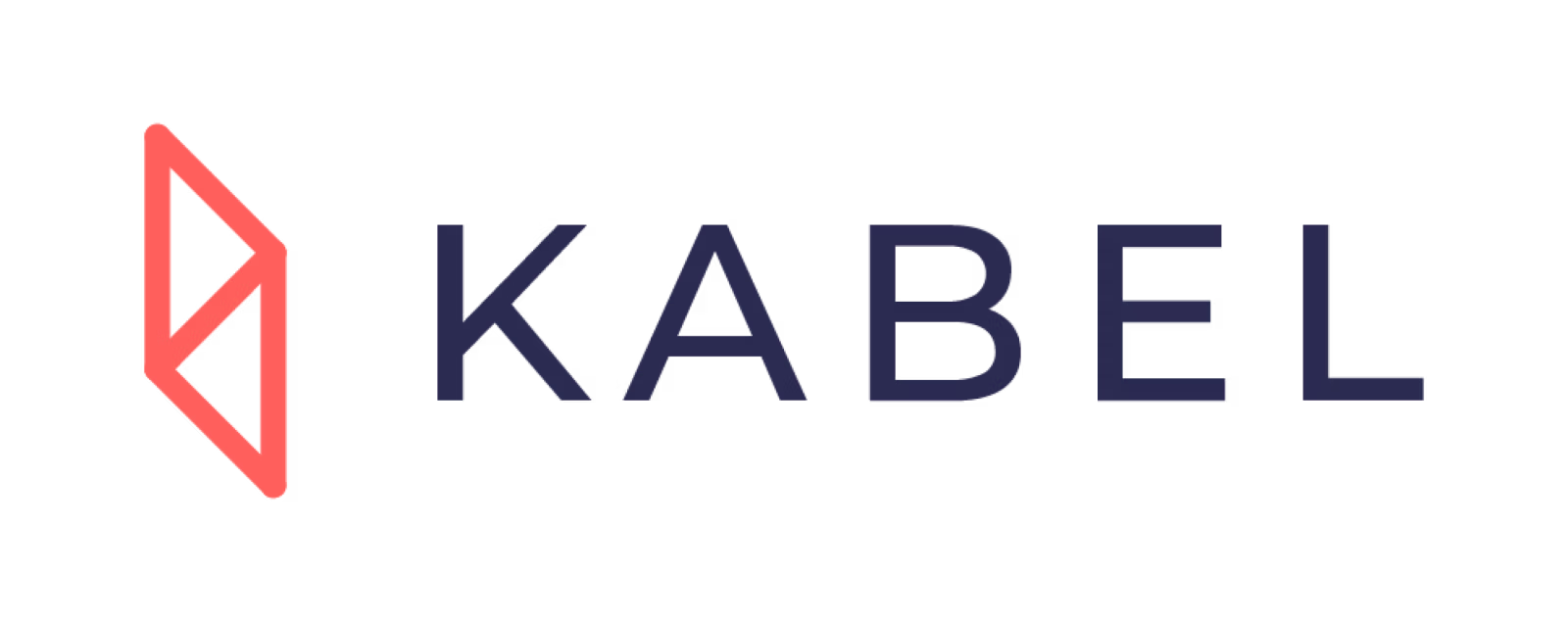How to Measure Learning Agility in Candidates
In a world where tools, markets, and job scopes change faster than ever, experience no longer guarantees success.
The ability to learn fast, adapt fast, and apply new knowledge — that’s learning agility.
And it’s now one of the strongest predictors of future performance.
The question is: how do you as employer, measure it?
Observe How They Learn, Not Just What They Know
Learning agility shows up in how candidates talk about learning.
In interviews, listen for these cues:
- “I didn’t know how to do it, so I…” → shows initiative.
- “I looked for a faster way by testing…” → shows experimentation.
- “It failed the first time, but I tried again with…” → shows resilience.
These statements reveal learning loops — how a person absorbs feedback and applies it quickly.
Use STAR Stories to Surface Agility
STAR (Situation–Task–Action–Result) stories are powerful because they reveal thinking in motion.
Ask candidates:
“Tell me about a time you had to learn something new to solve a problem.”
Strong answers show:
✅ Clear understanding of the situation (awareness)
✅ Steps they took to learn or test (curiosity + initiative)
✅ What they learned or improved (reflection + adaptability)
In Kabel, every candidate profile includes STAR stories to help employers see this pattern of thinking — not just a list of skills.
Look at Hackathon or Project Behavior
One of the clearest signs of agility is how someone behaves under real, time-bound challenges.
That’s why companies use hackathons, case challenges, and internships to see how quickly candidates can:
- Pick up a new tool or framework
- Collaborate with others to solve unfamiliar problems
- Iterate on feedback in short cycles
At Kabel’s Youth Employment Initiative (YEI), we found that interns who completed hackathons were 2.8× faster at adapting to new company tools once hired.

Track Agility Through Digital Work Evidence
Agility leaves digital footprints.
Examples include:
- Continuous skill growth (e.g., self-learning new tools)
- Experimenting with productivity apps or automation
- Sharing insights or mini projects online
On Kabel, these signals appear as part of a candidate’s digital profile — allowing companies to match based on learning velocity, not just past experience.
Use Structured Agility Indicators
Companies that hire through Kabel measure agility using three main dimensions:
| Dimension | What It Measures | Example Signal |
| Learning Agility | Curiosity & speed to pick up new skills |
Took initiative to learn AI tools for reporting
|
| Adaptability | Ability to pivot when plans change |
Adjusted campaign after data insights
|
| Grit | Perseverance under uncertainty |
Completed project after multiple failures
|
Together, they form a composite Agility Score — a data-backed view of who thrives in change.
Agility Can Be Measured and Developed
The best part? Agility isn’t fixed.
It grows with practice and the right environment.
That’s why forward-looking companies are redesigning hiring and onboarding to reward curiosity, experimentation, and speed of learning.
Because when your people learn faster than the market changes — you win.
Next Step
See how Kabel helps companies measure learning agility through STAR stories, hackathon performance, and skills-matching intelligence.
Discover How Kabel Measures Agility →






